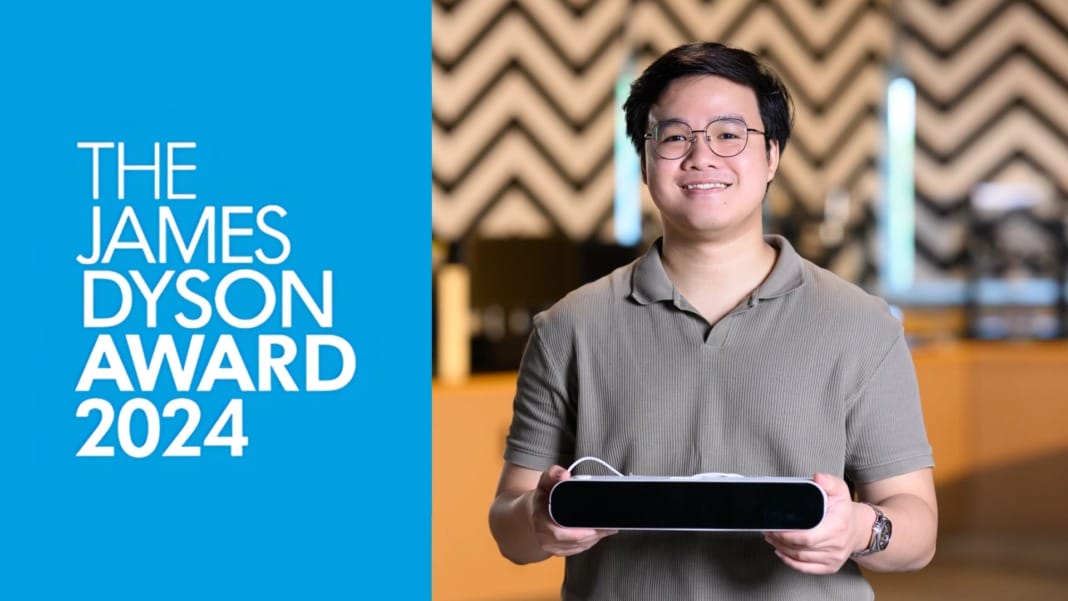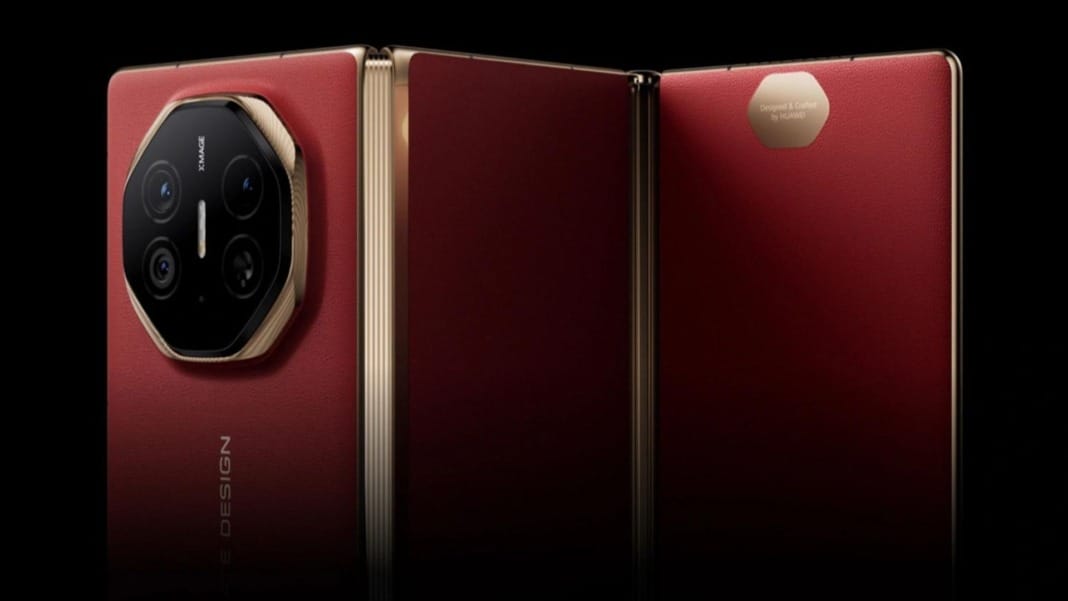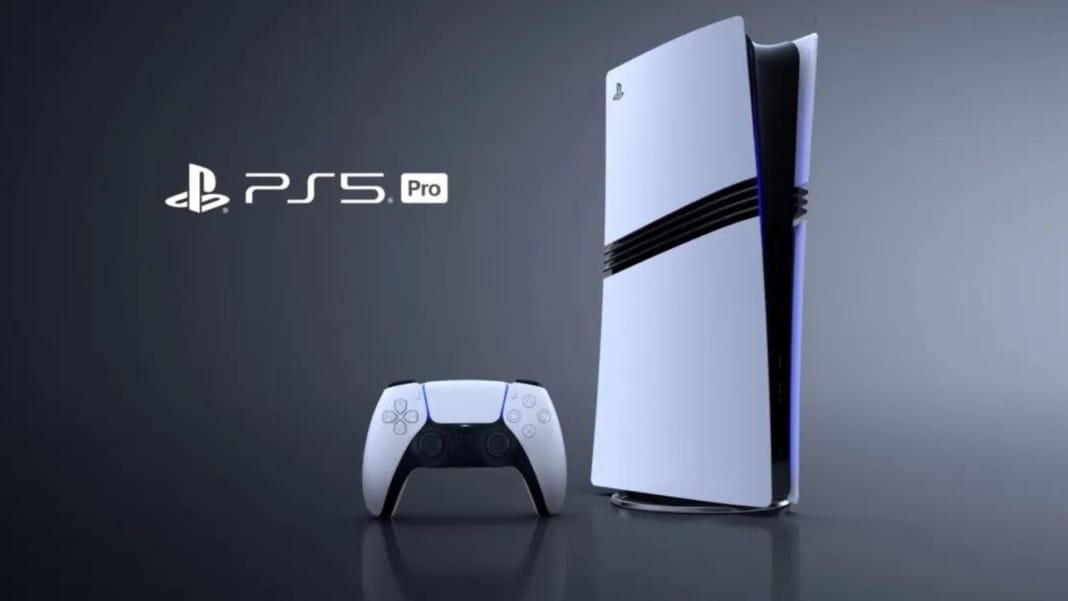Luke Goh, a 26-year-old industrial design graduate from the National University of Singapore (NUS), has won the National James Dyson Award for his groundbreaking invention, Mammosense. Inspired by his mother’s discomfort during a mammogram, Goh developed a first-of-its-kind device that improves the comfort of breast cancer screenings by adjusting the compression force used in mammograms. This invention aims to reduce pain and increase participation in breast cancer screenings, which many women avoid due to discomfort.
Breast cancer is the most common type of cancer among women in Singapore, accounting for nearly 30% of all cases. According to the Singapore Cancer Registry, 1 in 13 women will develop breast cancer in their lifetime. Despite the risks, 46% of women avoid mammograms because of the pain and discomfort involved.
The invention: Mammosense
Currently, radiographers estimate the amount of compression needed during mammograms, which can often lead to either over-compression or under-compression, both of which can affect the quality of the imaging and the patient’s experience. Mammosense changes this by using Light Detection and Ranging (LiDAR) technology to analyse each breast and calculate the optimal compression force needed for clear imaging, reducing unnecessary discomfort.
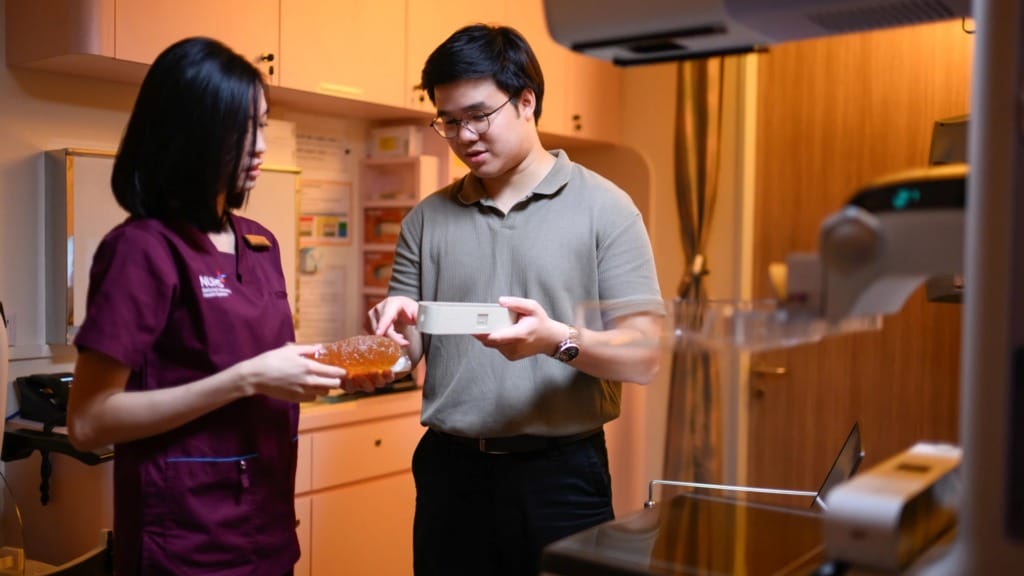
The device works by mapping the breast digitally with sensors that gather data in real-time. This information is processed through algorithms to provide radiographers with accurate guidance on the amount of compression required, balancing the need for clear images with the patient’s comfort.
Luke Goh spent significant time researching the challenges faced by both patients and radiographers. He even collaborated with medical professionals from the National University Hospital (NUH) to fully understand the problem, going so far as to experience a mammogram himself to get a firsthand understanding of the discomfort involved.
Reflecting on this achievement, Goh said, “It is a tremendous honour and a significant milestone for me. This recognition not only validates the efforts put into addressing a critical issue in breast cancer screening, but also highlights the potential impact of innovative design solutions in healthcare. It’s incredibly gratifying to see Mammosense recognised on such a prestigious platform, and the exposure and validation from the James Dyson Award can help propel Mammosense to the next stage of development, potentially leading to broader adoption and positive changes in screening practices.”
Positive impact and future development
Early trials of Mammosense have shown promising results, with a 34% reduction in compression force and a 25% decrease in pain reported by patients. Winning the national James Dyson Award also provides Goh with S$8,400, which will go toward further developing the device. His goal is to make Mammosense more widely adopted in healthcare settings, encouraging more women to undergo breast cancer screenings without fear of discomfort.
Adjunct Professor Ngiam Kee Yuan, Head of the Academic Informatics Office at the National University Health System (NUHS) and a judge for the 2024 James Dyson Award, praised the invention: “Mammosense is a novel design-driven solution to address the problem of breast cancer screening uptake. It helps radiographers apply the right amount of pressure, improving both the comfort of the procedure and the quality of the mammogram. This has the potential to drive more women to undergo regular breast screenings, reducing the rate of late-stage cancer diagnoses.”
In addition to his work with NUH, Goh is now focused on increasing the resolution of the LiDAR detection system to enhance the accuracy of the force recommendations. He is also collaborating with local hospitals to run larger pilot tests and assess the overall effectiveness of Mammosense.
Runners-up and future prospects
The James Dyson Award also recognised two other innovative designs. The first is yaR, a wearable pendant that uses artificial intelligence (AI) to help the visually impaired navigate their environment. Created by a team from NUS and Nanyang Technological University (NTU), yaR aims to offer greater independence to people with visual impairments.
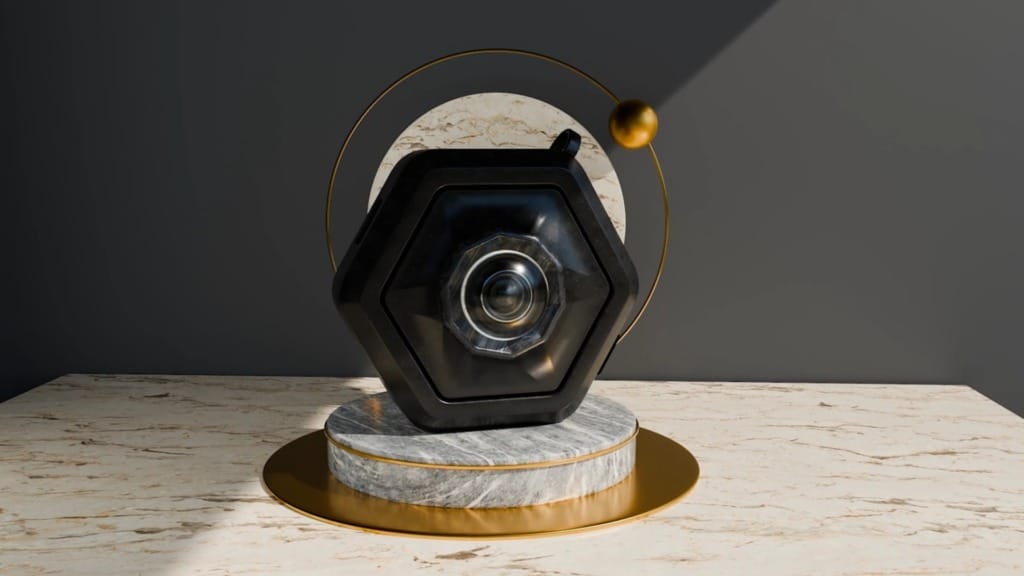
The second invention, airXeed Radiosonde, comes from two students at the Singapore University of Technology and Design (SUTD). It is a reusable weather data collection instrument inspired by the spinning mechanics of maple seeds. This design improves the efficiency of weather monitoring while reducing environmental impact, as it eliminates the need for single-use radiosondes.
All three inventions will now move on to the international stage of the James Dyson Award, where they will compete for a top prize of S$50,500. The international shortlist of the top 20 projects will be announced on 16 October, and the winners will be revealed on 13 November.
The James Dyson Award, which runs in 29 countries, encourages the next generation of engineers to solve real-world problems with innovative design solutions. Since its inception, the competition has supported over 400 inventions with more than £1 million in prize money.
